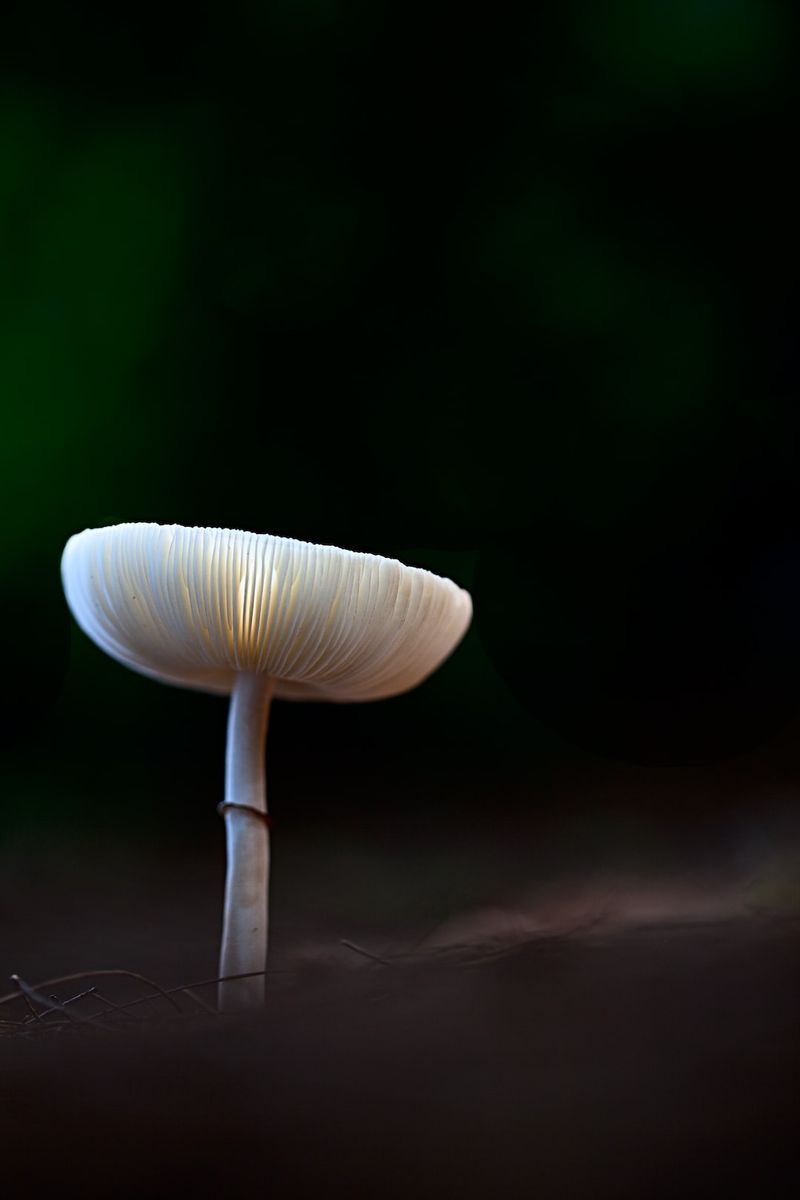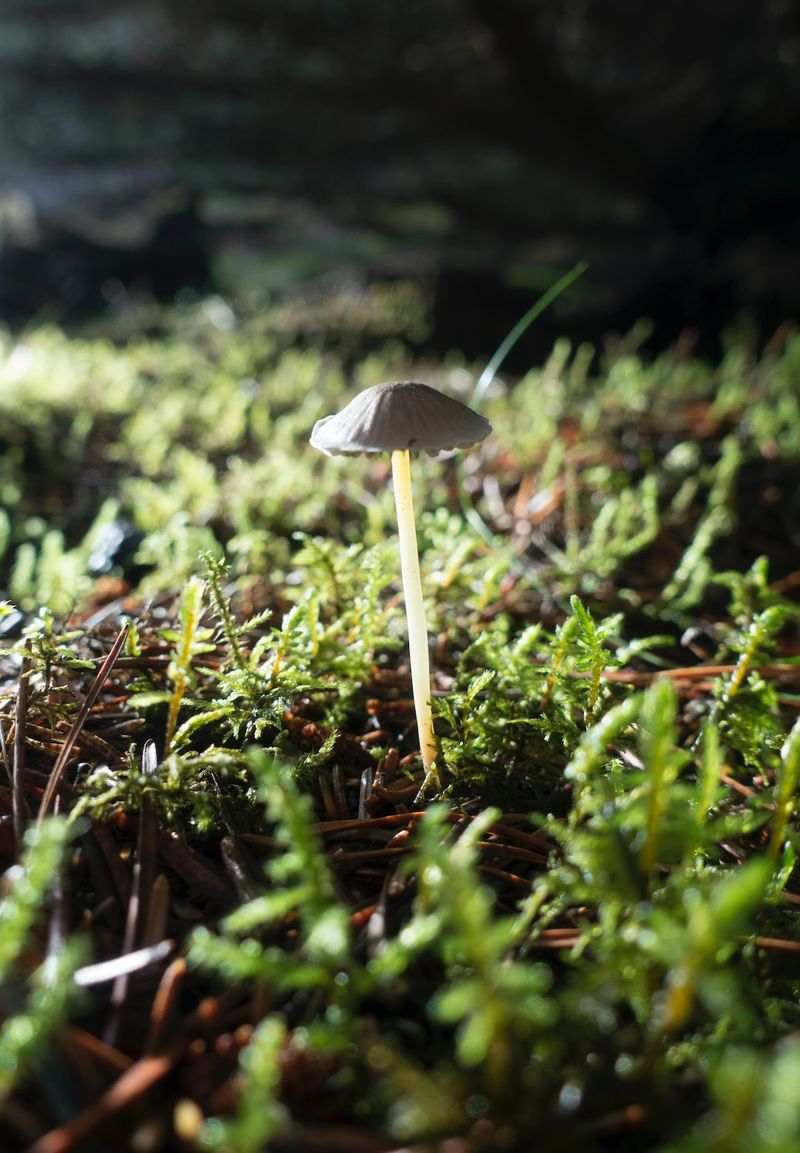Exploring the Danger: Poisonous Mushrooms in Victoria
Mushroom Deaths in Korumburra
The town of Korumburra in Victoria‘s east is reeling from the tragic and untimely deaths of three community members after consuming suspected poisonous mushrooms. This incident has sparked an investigation led by the police and health department, shedding light on the dangers of mushroom foraging in the region.
Foraging for mushrooms has long been an Australian and European tradition, with Victoria being particularly suited to the growth of mushrooms due to its favorable climate. However, health authorities in Victoria strongly discourage this practice, as it is incredibly challenging to differentiate between safe and poisonous mushrooms.
Identifying Poisonous Mushrooms
The Victorian health department has identified two potentially fatal species of mushrooms found in metropolitan Melbourne and regional Victoria. Among them, the death cap mushroom is considered the most dangerous and is commonly found near oak trees. Ingesting this species can lead to severe organ failure within 24 to 48 hours. The recent deaths in Korumburra demonstrate the lethal potential of death cap poisoning.
Plant scientist Greg Moore emphasizes that while mushroom poisoning deaths are not frequent in Australia, they do occur sporadically. Typically, fatalities involve individuals who are inexperienced in mushroom foraging. It is essential, therefore, for mushroom enthusiasts to exercise caution and be knowledgeable about the mushrooms they encounter.
The Yellow-Staining Mushroom
Besides the death cap mushroom, another poisonous species to watch out for in Victoria is the yellow-staining mushroom. This species is responsible for most mushroom-related poisonings in the region. Interestingly, these mushrooms bear a close resemblance to those commonly sold in supermarkets and even resemble certain edible wild mushrooms. They typically grow in large groups in lawns and gardens, and their caps and stems turn yellow when rubbed with a thumbnail. An unpleasant odour is another distinguishing characteristic of this species.
Symptoms of Mushroom Poisoning
The ingestion of poisonous mushrooms can lead to a range of symptoms, including nausea, stomach cramps, vomiting, diarrhea, hallucinations, and confusion. The severity of these symptoms varies depending on the quantity of mushrooms consumed. Alarmingly, about 90% of mushroom-related fatalities are attributed to the death cap mushroom, which can cause life-threatening damage to the liver and kidneys. Symptoms typically appear within six to 24 hours after ingestion, and death can occur within 48 hours. It is crucial to note that just one death cap mushroom is enough to kill an average-sized individual.
What to Do if You Experience Mushroom Poisoning
If you suspect that you or someone you know has ingested poisonous mushrooms, immediate action should be taken. The Victorian Poisons Information Centre, available 24/7, can swiftly provide assistance and guidance. Contact them at 13 11 26. In cases of collapse, difficulty breathing, seizures, or severe allergic reactions, it is essential to call triple-zero (000) for emergency medical attention.
Dr Greg Moore advises individuals who engage in mushroom foraging to take photographs and preserve a sample so that healthcare professionals can identify the species if necessary. However, he strongly advises caution and recommends foraging for mushrooms only if you are confident in your identification skills. “Only get those mushrooms that you know are perfectly safe,” he warns. “If you’re not sure what you’re after, then don’t risk it.”
Editorial: Balancing Tradition and Safety
The recent deaths in Korumburra serve as a somber reminder of the potential dangers associated with mushroom foraging. While the practice holds significant cultural and culinary value, it is crucial to prioritize safety and risk management.
Foraging for wild mushrooms can be an enriching and rewarding experience when done responsibly. However, it requires a deep understanding of mushroom identification, including the ability to differentiate between toxic and edible species. Inexperienced foragers should undertake thorough research, consult experts, or join organized foraging groups to learn from experienced individuals.
In line with the recommendations of Victorian health authorities, it is advisable to exercise caution and refrain from foraging altogether if unsure of one’s mushroom identification skills. Rather than risking one’s well-being, it may be more prudent to rely on certified and reputable sources for procuring mushrooms or exploring the wide variety available in supermarkets.
Advice: Safety First, Tradition Second
As an important part of Australian and European tradition, mushroom foraging holds timeless allure. However, it is essential to prioritize safety when engaging in this activity. To minimize the risk of poisoning and ensure an enjoyable foraging experience, consider the following advice:
1. Educate Yourself
Prioritize gaining knowledge about mushroom identification, particularly the distinguishing characteristics of toxic species such as the death cap and yellow-staining mushrooms. Attend workshops, consult experts, or join foraging groups to enhance your understanding of the subject.
2. Be Cautious
Exercise caution and refrain from foraging if you are uncertain of your mushroom identification skills. It is always better to err on the side of caution and opt for certified mushrooms from trusted sources.
3. Seek Professional Advice
If you are unsure about the safety of a mushroom you have encountered, take a photograph and keep a sample for identification by a healthcare professional or mushroom expert. Promptly seek medical assistance if you suspect mushroom poisoning.
4. Recognize Toxic Species
Familiarize yourself with toxic mushroom species common to your region. This knowledge will enable you to identify potentially dangerous mushrooms and avoid accidental ingestion.
5. Prioritize Personal Safety
Remember that the enjoyment of mushroom foraging should never come at the expense of personal safety. Think critically and make well-informed decisions when engaging in this activity.
In conclusion, while mushroom foraging can be a cherished tradition, the utmost caution must be exercised to mitigate the risk of poisoning. By prioritizing safety, educating oneself, and seeking expert advice, mushroom enthusiasts can continue this age-old practice in a responsible and enjoyable manner.

<< photo by Atik sulianami >>
The image is for illustrative purposes only and does not depict the actual situation.
You might want to read !
- “Mushroom Mayhem: The Hazards of Mistaking Wild Fungi in Australian Foraging”
- Unearthing the Shadows: Early Access for Dark and Darker Comes with a Twist
- Toxic Fungi Mystery: Unanswered Questions Haunt Local Community
- “The Fungus Enigma: The Dangers of Can’t Tell the Difference while Foraging for Wild Mushrooms”
- Maree Mamalis: Unveiling the Soulful Rendition of “Listen Before I Go” on The Voice Australia
- Score Big with Your Very Own Sam Kerr Mega Wall Poster




